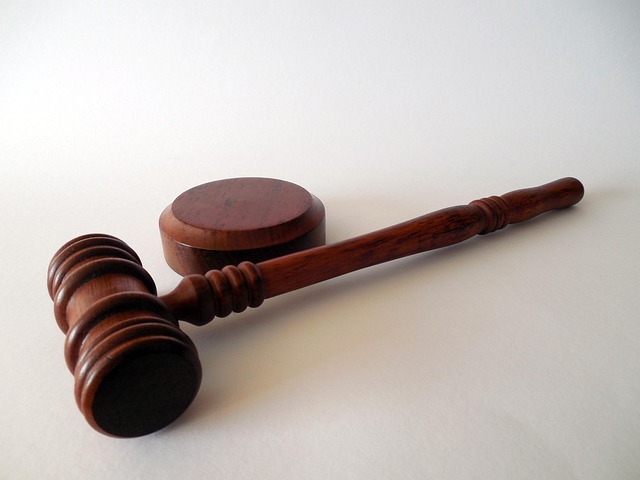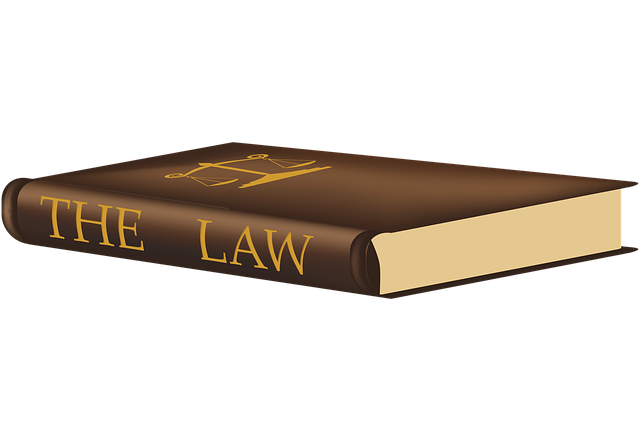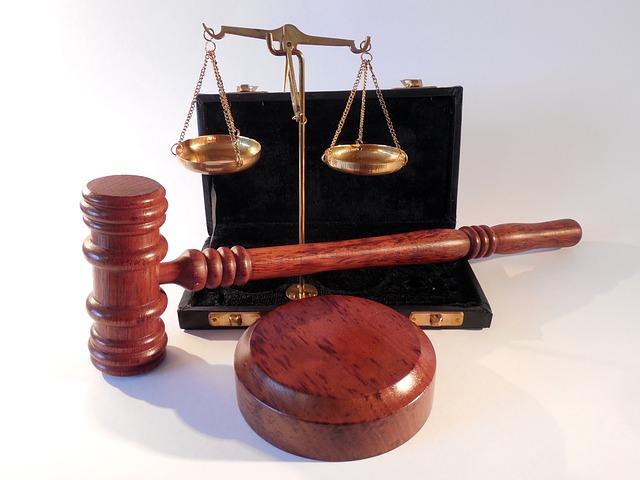Regulatory fraud laws protect consumers in personal injury claims, demanding robust evidence of fraudulent actions. This includes documents, witness testimonies, and expert opinions to prove intent and damages. In complex cases, strategic misrepresentations may require thorough investigation. Gathering comprehensive evidence like medical records, eyewitness accounts, and forensic data is crucial for successful claims involving intricate financial or procedural issues. Strategic planning overcomes defense tactics, securing just compensation and legal precedents for victims of regulatory fraud.
Regulatory fraud laws play a pivotal role in personal injury claims, ensuring accountability and fairness. This article delves into the intricacies of understanding these laws, their relevance, and how they shape compensation processes. We explore the crucial aspect of evidence, highlighting types required for personal injury cases and the challenges involved.
Through insightful case studies, we demonstrate successful claims built on regulatory fraud, shedding light on strategies and the importance of gathering compelling Evidence Needed for a Personal Injury Claim.
- Understanding Regulatory Fraud Laws: Definitions and Relevance in Personal Injury Claims
- The Role of Evidence in Proving Regulatory Fraud
- Types of Evidence Required for Personal Injury Cases
- Challenges in Gathering and Presenting Evidence
- Case Studies: Successful Personal Injury Claims Based on Regulatory Fraud
Understanding Regulatory Fraud Laws: Definitions and Relevance in Personal Injury Claims
Regulatory fraud laws are designed to protect consumers and investors by preventing businesses from engaging in deceptive practices. In the context of personal injury claims, understanding these laws is crucial as they often involve complex legal battles. When presenting a personal injury case, plaintiffs must demonstrate that the defendant’s actions were fraudulent, intentionally misleading, or violated established regulations. This includes providing compelling evidence such as documents, witness testimonies, and expert opinions to prove intent and damages.
The relevance of regulatory fraud laws in these cases is significant, especially when dealing with high-stakes scenarios like winning challenging defense verdicts or avoiding indictment. Personal injury claims that involve fraudulent activities can lead to severe legal consequences for the defendants, including substantial financial penalties. Therefore, it’s essential to gather the right evidence needed for a personal injury claim, particularly in complex situations where the truth may be obscured by intricate business dealings or strategic misrepresentations, ensuring a fair and just outcome.
The Role of Evidence in Proving Regulatory Fraud
In cases of regulatory fraud, evidence plays a pivotal role in proving the intent and actions that led to the violation. Unlike personal injury claims where physical injuries or damages are evident, regulatory fraud often deals with complex financial or procedural issues. Therefore, the onus is on the plaintiff to gather comprehensive and compelling evidence that demonstrates a deliberate attempt to deceive regulatory bodies. This can include documents, records, emails, witness testimonies, and any other material that showcases false statements, misrepresentation, or non-compliance with established rules.
The evidence needed for a successful regulatory fraud case goes beyond simply showing discrepancies; it must establish a clear pattern of deceptive behavior. By presenting solid evidence, plaintiffs can avoid indictment and, in many cases, win challenging defense verdicts. Moreover, a robust evidentiary foundation is crucial for achieving a complete dismissal of all charges, ensuring that justice prevails and legitimate concerns are addressed without unfair prosecution.
Types of Evidence Required for Personal Injury Cases
When building a strong case for a personal injury claim, gathering comprehensive and compelling evidence is paramount. In such cases, several types of proof are crucial to support the plaintiff’s allegations and enhance their chances of achieving extraordinary results in court. This includes medical records detailing the extent of injuries, eyewitness accounts providing a clear sequence of events, and expert opinions that corroborate the cause and impact of the harm sustained.
Additionally, forensic evidence plays a significant role in winning challenging defense verdicts. This may involve examining physical evidence at the accident scene, such as photographs, surveillance footage, or forensic analyses of any relevant substances. These pieces of evidence can help establish liability, demonstrate negligence, and ultimately lead to the complete dismissal of all charges if the case is well-presented.
Challenges in Gathering and Presenting Evidence
Gathering evidence for regulatory fraud cases, particularly in personal injury claims, presents unique challenges. One of the primary difficulties lies in the complex nature of financial and legal systems, which often require meticulous documentation and a deep understanding of relevant laws. To prove fraudulent activities, claimants must marshal substantial evidence demonstrating intentional deception and its impact on their injuries. This includes financial records, correspondence, expert opinions, and witness testimonies.
The process can be further complicated by the respective business’s efforts to avoid indictment and win challenging defense verdicts. Strategic planning and a comprehensive approach are essential to overcome these obstacles. Adequate evidence collection ensures a stronger case, increasing the chances of successful outcomes and just compensation for victims.
Case Studies: Successful Personal Injury Claims Based on Regulatory Fraud
Personal injury claims based on regulatory fraud have gained significant traction in recent years, with successful cases setting precedents and sending strong signals to businesses and individuals alike. These cases often revolve around companies or entities that have intentionally violated safety regulations, leading to injuries or harm for consumers or employees.
To establish a compelling personal injury claim, robust evidence is required. This includes documented proof of the violation, such as regulatory notices or citations; expert witness testimony to explain the impact of the violation on the victim’s health or well-being; and medical records detailing the extent of injuries suffered. Demonstrating intent is crucial; this can be achieved through internal company communications, emails, or any other form of documentation revealing a deliberate disregard for regulations. Such evidence has proven invaluable in securing substantial settlements and, in some instances, complete dismissal of all charges, averting potential jury trials and avoiding indictment.
Personal injury claims involving regulatory fraud require a thorough understanding of relevant laws and meticulous evidence gathering. By defining and demonstrating fraudulent practices that violate these laws, plaintiffs can significantly strengthen their cases. The article has explored essential elements, including the role of evidence, types required for personal injury cases, and challenges in presentation. Through case studies, it’s evident that navigating these complexities can lead to successful outcomes, underscoring the importance of gathering robust Evidence Needed for a Personal Injury Claim based on regulatory fraud. This approach not only ensures justice but also reinforces the integrity of legal systems and protects victims’ rights.






